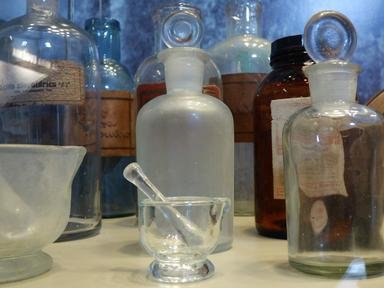
Elemental Categories Trivia Quiz
Grouping Elements by Information in Periodic Table
This mystery sort is not based on the chemical properties of the elements. Rather, it's more about the elements' placement on the periodic table, or also about the names that were assigned to them.
by TonyTheDad.
Estimated time: 3 mins.
- Home
- »
- Quizzes
- »
- Science Trivia
- »
- Chemistry
- »
- Mixed Elements